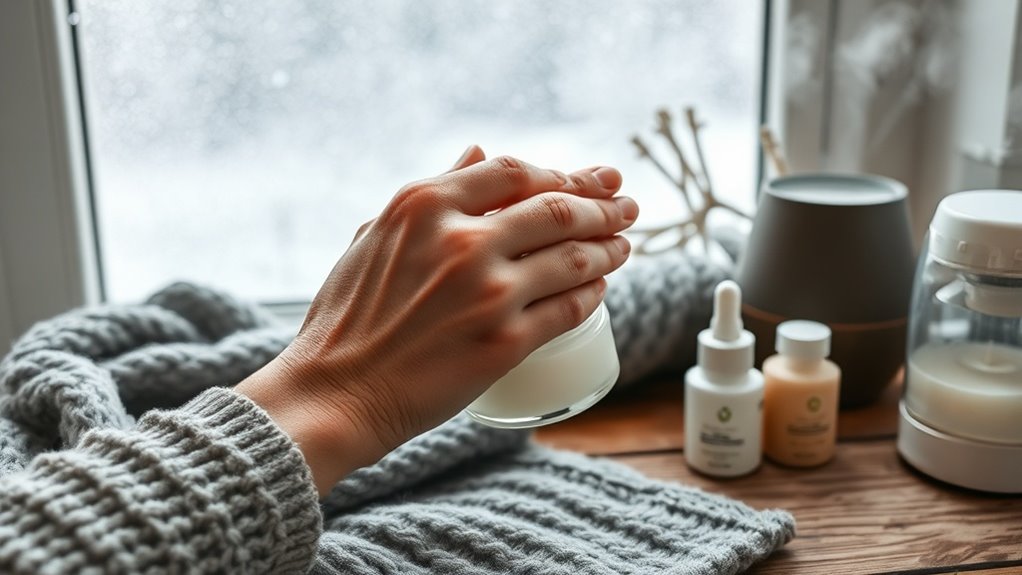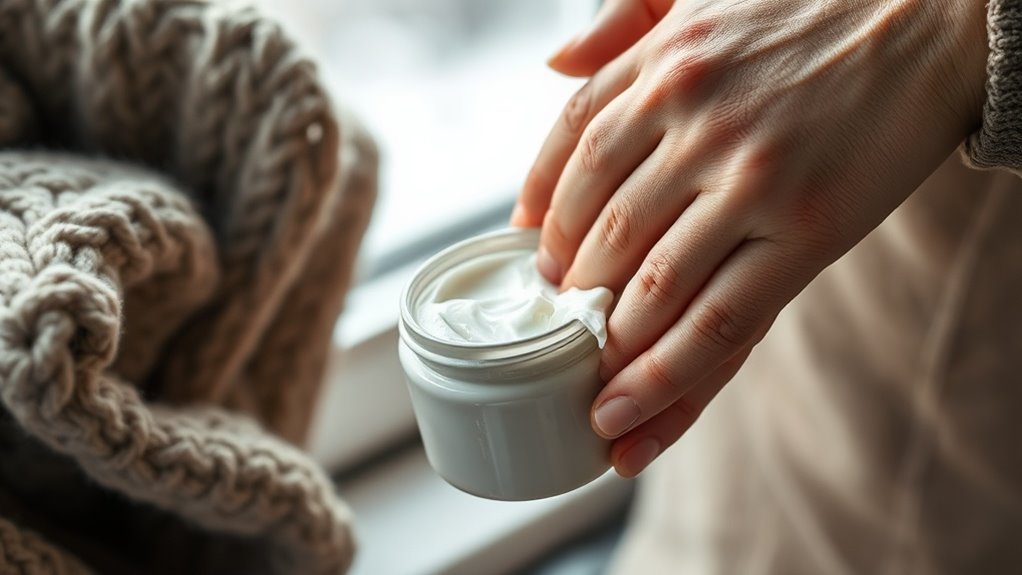Swollen Feet Remedies for Instant Comfort
For quick relief from swollen feet, elevate them above heart level for 20 minutes while applying cold compresses in 15-minute intervals. You’ll find immediate comfort by performing gentle ankle rotations and toe flexions to enhance venous return. Remove tight footwear and use compression socks rated at 15-20 mmHg. Combine these techniques with lymphatic massage, moving from toes to ankles. Understanding the underlying causes will help you prevent future episodes of foot swelling.
Understanding the Common Causes of Foot Swelling
Foot swelling, medically known as peripheral edema, occurs when excess fluid accumulates in the tissues of your feet and ankles.
Before seeking swollen feet remedies, you’ll need to identify the underlying cause. Common triggers include prolonged standing or sitting, pregnancy, cardiovascular conditions, and venous insufficiency.
You might also experience swelling due to medication side effects, particularly from calcium channel blockers or NSAIDs.
Systemic conditions like kidney disease, liver dysfunction, or lymphatic disorders can cause fluid retention. Understanding these root causes is crucial for determining the most effective treatment approach and preventing future occurrences. Additionally, high salt intake can also contribute to fluid retention, making it essential to monitor your diet.
Quick Relief Techniques You Can Do at Home
When swelling affects your feet, several immediate interventions can provide relief without medical intervention.
Elevate your feet above heart level for 20 minutes to reduce fluid accumulation through gravitational drainage. Apply cold compresses for 15-minute intervals to constrict blood vessels and minimize inflammation.
Perform ankle rotations and toe flexions to activate the skeletal muscle pump, enhancing venous return.
Don’t forget to remove constrictive footwear and switch to compression socks rated at 15-20 mmHg.
A gentle lymphatic massage, stroking upward from toes to ankles, can stimulate fluid movement and reduce edema.
Natural Remedies and Essential Oils for Swollen Feet
Natural botanical compounds and essential oils offer evidence-based therapeutic benefits for reducing pedal edema and associated discomfort.
You’ll find significant anti-inflammatory properties in peppermint, eucalyptus, and tea tree oils. Apply these diluted oils topically to affected areas using lymphatic drainage massage techniques.
Epsom salt baths facilitate osmotic fluid reduction while cypress oil improves circulation. Combine 2-3 drops of cypress with a carrier oil and massage upward from ankles to calves.
Ginger’s active compounds stimulate peripheral blood flow, while chamomile reduces inflammation. For optimal results, you’ll want to alternate between cool compresses infused with these botanicals and gentle elevation periods. Additionally, utilizing circulation-promoting activities can enhance the overall effectiveness of these remedies.
Lifestyle Changes to Prevent Foot Swelling
Beyond therapeutic interventions, implementing targeted lifestyle modifications can significantly reduce the occurrence of pedal edema.
You’ll find that adopting specific habits can minimize fluid retention in your lower extremities and promote optimal circulation.
-
Maintain consistent physical activity, focusing on ankle pumps and calf raises to enhance venous return and lymphatic drainage.
-
Optimize your sodium intake to less than 2,300mg daily while increasing potassium-rich foods to regulate fluid balance.
-
Elevate your feet above heart level for 20 minutes, thrice daily, and avoid prolonged periods of standing or sitting to prevent venous stasis.
Additionally, practicing regular foot care—such as inspecting for discoloration and performing gentle exercises—can further promote lymphatic drainage and help manage swelling.
When to Seek Medical Attention for Swollen Feet
Although mild foot swelling can be self-managed, certain symptoms require immediate medical evaluation to prevent serious complications.
Seek emergency care if you experience sudden, severe swelling accompanied by chest pain, shortness of breath, or leg warmth, as these may indicate deep vein thrombosis or heart failure.
Don’t delay treatment if you notice unilateral swelling with redness, fever, or intense pain, which could signal infection or cellulitis.
Additionally, contact your healthcare provider if swelling persists longer than 72 hours, appears during pregnancy, or coincides with decreased urination, as these symptoms may indicate underlying systemic conditions.




